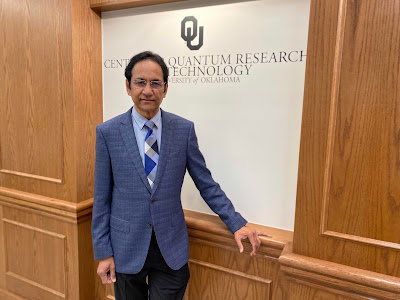Inspiring Future Engineers through SEED Center Activity

By Susan Walden, PhD Engineering Pathways Executive Director and SEED Center Founder In November, OU engineering alumni Zach Anderson (computer engineering 2002 and MBA 2006) and Ben Ishii (chemical engineering 2010) gathered around a table with a group of boys half their size to contemplate the efficacy of building materials. Two of the boys are their sons, Ethan Anderson and Eli Ishii, middle school students from Norman Public Schools, who were on campus as part of the Engineering Pathways office’s series of events named Engineering Experiences. The team faced the challenge of designing and building a prototype structure able to withstand modeled severe weather and earthquakes. Photo, from left, Zach and Ethan Anderson, and Eli and Ben Ishii. The Sooner Engineering Education (SEED) Center, a part of the Gallogly College of Engineering (GCoE) Office of Engineering Pathways, began hosting groups of students from area elementary, middle and high schools 12 years ago in the Rawl Eng...




